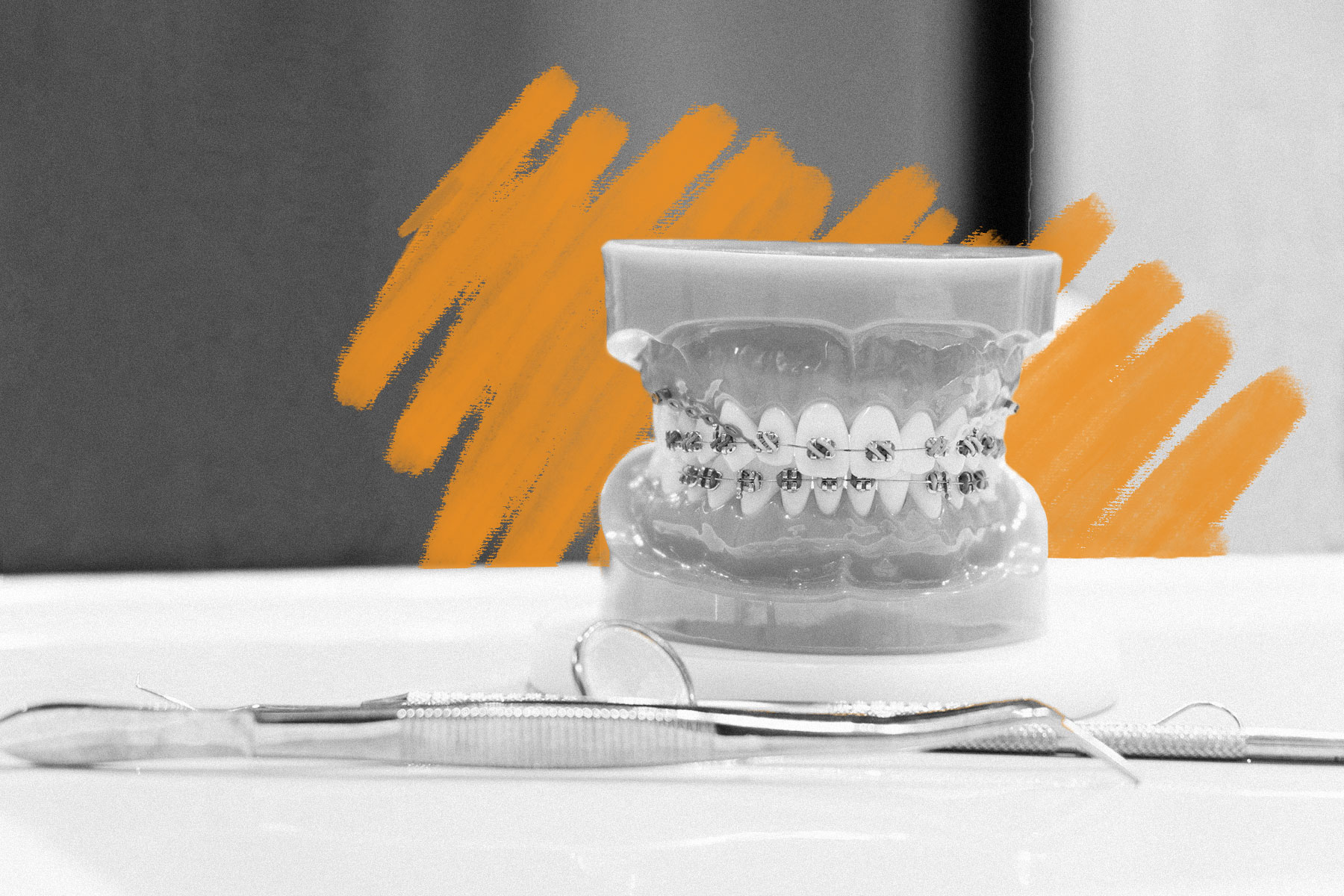Agriculture is why so many people need braces.
Braces have become so commonplace in the U.S. that wearing them is almost a rite of passage; data suggests that about 50% of children in the U.S. will need orthodontic treatment at some point, mostly due to misaligned teeth. But that wasn’t always the case. The advent of agriculture changed the human diet, which led to a smaller jaw that no longer has enough space to provide a comfy home for all 32 teeth. Before humans took to the plow around 10,000 BCE, our hunter-gatherer predecessors chowed down on tougher foods, such as uncooked vegetables and hard-shelled nuts, and needed bigger, stronger jaws to munch through them. When farming introduced softer foods into our diet, such as beans and cereals, the need for those beefy jaws declined. Our jaws got smaller over the generations, but human teeth shrank at a much slower rate, resulting in the dental traffic jam experienced by millions of Americans every year.
In 2015, to test whether the rise of agriculture led to our species’ crooked teeth, scientists from University College Dublin analyzed the lower jaws of 292 skeletons ranging from 28,000 to 6,000 years old. The results were clear: Hunter-gatherers sported larger jaws, especially lower jaws, than their farming descendants only a few thousand years in the future. And our mouths weren’t the only body part impacted by Homo sapiens’ more sedentary existence. Additional studies show that humans developed lighter and less dense bones around joints due to a changed diet that reduced calcium intake and a less-active lifestyle brought on by the switch from foraging to farming.







